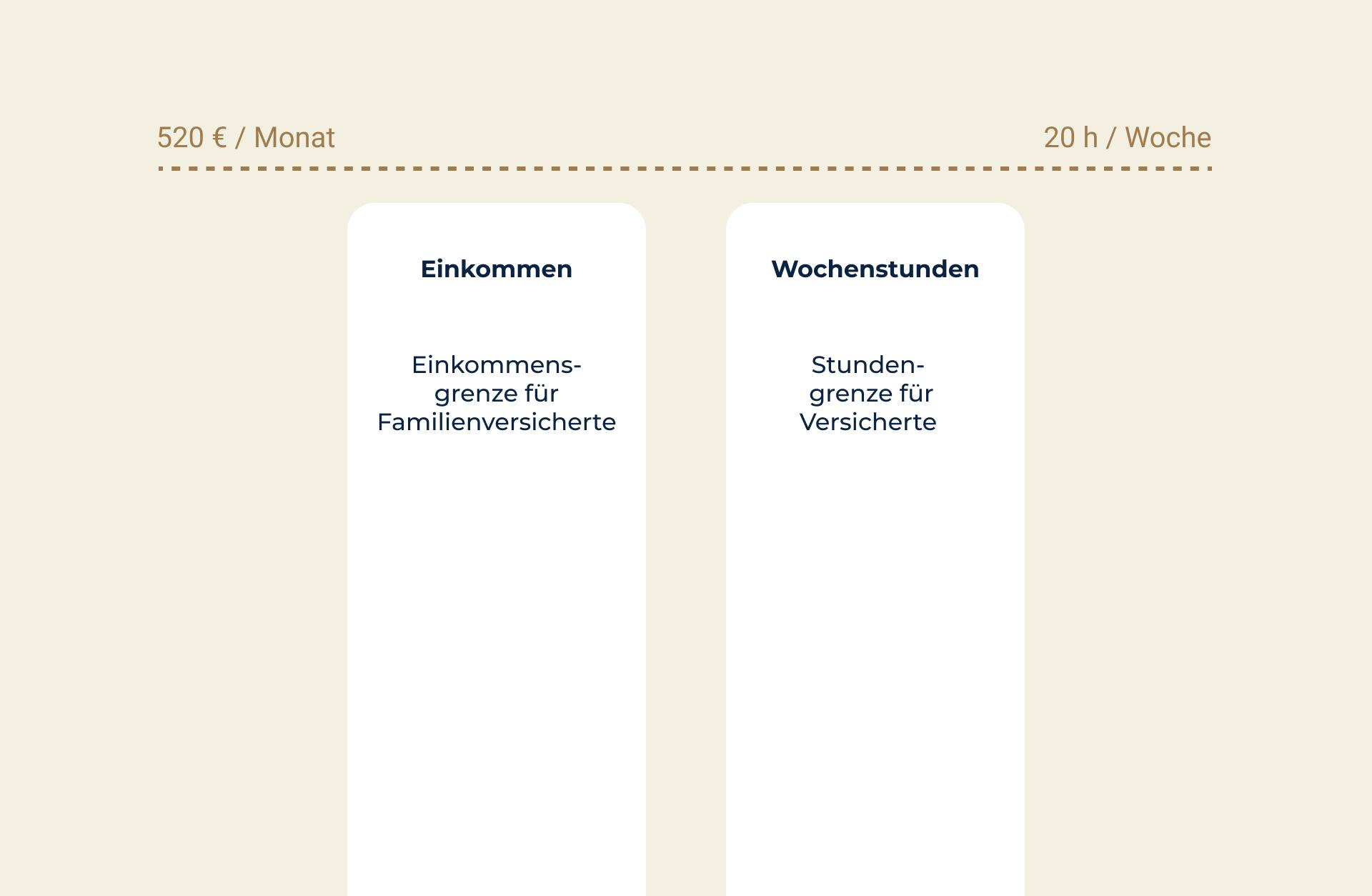I. Introduction
Information about Writing Termination Letters
A termination letter is a document used to end an employment relationship. There are various types of terminations, such as ordinary termination (with notice) and extraordinary termination (without notice), as well as terminations initiated by either the employee or the employer.
One crucial aspect when writing a termination letter is complying with the legal requirements, such as the correct format and notice periods. It is essential to ensure that the letter is formal, polite, and includes all important information, such as the notice period and the reasons for termination.
Some key components of a termination letter include the date, the recipient's address, a reference to the employment relationship, and the reasons for the termination. Careful attention should be paid to wording and phrasing to ensure the letter remains professional and respectful.
There are many mistakes that can be made when writing a termination letter, such as unclear wording, incorrect dates, and a missing signature. To avoid these errors, it is advisable to follow professional examples and sample termination letters, or seek guidance from a lawyer or expert.
II. Legal Foundations
Explanation of the Legal Requirements for a Termination Letter
A termination letter must meet certain legal requirements to be valid. The first requirement is the form of the letter. A termination must be made in writing to ensure it is verifiable by both parties. It is advisable to send the letter by registered mail or as a fax with a transmission report for proof of delivery.
Another important aspect is adhering to the notice periods. These are determined by the type of employment relationship and are regulated by § 622 of the German Civil Code (BGB). Typically, an ordinary termination requires a notice period of four weeks to the end of the month, provided the employment has lasted for more than six months. In cases of a probationary period, which is usually agreed upon at the start of the employment, the notice period is often shorter.
There is also the option of extraordinary termination, which can be carried out without a notice period. However, this is only permissible for good cause, such as severe breaches of the employee's contractual obligations or criminal offenses.
It is essential to comply with certain formal requirements in the termination letter, such as stating the effective date of termination and addressing the letter to the correct recipient. Therefore, it is recommended to familiarize yourself with the relevant laws and regulations before drafting a termination letter to ensure its validity.
Information About Notice Periods
Notice periods dictate how far in advance a termination must be issued before the end of the employment relationship. There are ordinary and extraordinary notice periods.
Ordinary notice periods apply when the employment relationship is terminated by either party for a specific reason. The length of the ordinary notice period depends on the duration of the employment and the employment contract. Generally, an ordinary termination with a notice period of four weeks to the end of the month is possible if the employment has lasted longer than six months.
Extraordinary notice periods apply when the employment relationship is terminated by one party without notice, due to a serious reason. This can happen, for example, in cases of severe breaches of contract by the employee or a criminal offense.
It is important to note that there are different legal regulations regarding notice periods depending on the employment relationship. Therefore, it is advisable to familiarize yourself with the applicable laws and regulations before issuing a termination to ensure that it is legally valid.
How to Write a Proper Termination Letter
A proper termination letter should always be in writing and contain certain formalities. These include specifying the date of termination, the names of the employer and employee, and a reason for the termination. It is important to adhere to the appropriate notice periods (ordinary or extraordinary) and ensure the letter is written professionally and politely.
Using a termination letter template can help ensure all the important points are included. However, it is recommended to research the specific legal requirements and regulations concerning the termination in your employment relationship before proceeding.
What Termination Date Should I Include in the Letter?
The termination date to include in a termination letter depends on the type of employment relationship. For open-ended contracts, the legal notice periods generally apply. These are usually:Four weeks to the 15th or the end of a month when the employer is terminating the contract.Two weeks to the 15th or the end of a month for terminations by the employee.For fixed-term contracts, the employment relationship automatically ends on the agreed date, so no termination is required. In the case of a probationary period, shorter notice periods typically apply. These are often stipulated in the employment contract or labor law.
It’s essential to check the applicable notice periods in your employment contract to ensure the termination is timely and legally valid.
How Do I Terminate My Job?
A termination should always be in writing, as this increases the evidentiary value in case of a later dispute. A termination letter should include the following elements:
- Date
- Employer’s address
- Subject line (e.g., “Termination of Employment”)
- Reason for termination (if required)
- Signature of the person terminating the contract
If you, as an employee, wish to resign, you should first check the notice periods applicable to your employment and ensure they are followed. It’s also a good idea to briefly state your reasons for leaving.If you are an employer terminating an employee, make sure that the reasons for termination are legally valid and that you adhere to the notice periods.
It’s also advisable to have the termination letter reviewed by a lawyer before handing it over to the employer, to ensure that it is formally and substantively correct. If you have any questions or uncertainties, you can consult labor law experts, such as those at Beglaubigt.de.
III. Der Aufbau eines Kündigungsschreibens
Explanation of the Key Components of a Termination Letter
A termination letter includes several important components to ensure that it is formally correct and clearly understood. Below are some of the key elements of a termination letter:
- Address: The termination letter should be addressed to the correct person and address. Typically, this is the employer or a designated contact person.
- Date: The date on which the letter is written should be clearly stated.
- Subject: A short and precise subject line helps summarize the content of the letter (e.g., "Termination of Employment").
- Introduction: The introduction should briefly explain that the letter is a notice of termination and state the reason for the termination.
- Reason: Here, the reason for the termination should be explained in more detail. It’s important to provide concrete examples and facts to make the termination reasons credible.
- Termination Date: The date on which the employment relationship will end should be clearly stated.
- Closing Formula: The letter should end with a polite closing, requesting the recipient to acknowledge and confirm receipt of the termination.
- Signature: The termination letter should be signed by the person writing it.
Tips for Wording and Formulation
When drafting a termination letter, it is crucial to carefully consider the wording and formulation. Here are some tips to help you:
- Clear and Direct: Avoid unnecessary filler language and stick to the main point. Use clear and precise language to convey your message effectively.
- Polite and Respectful: Despite the seriousness of the situation, remain polite and respectful. Avoid any insults or harsh language.
- Concrete and Precise: Ensure that you provide concrete examples and facts to support your reasons for termination. Avoid vague statements or insinuations.
- Avoid Blame: Refrain from assigning blame solely to one party for the failure of the employment relationship. Keep the tone neutral and objective.
- Closing Formula: End the letter with a polite closing, such as "Thank you for your time and attention" or "I wish you all the best for the future."
- Proofread: Review the letter for spelling and grammar errors before sending it out.
IV. Examples of Termination Letters
Sample Termination Letters for Various Situations
Termination by Employee:
Dear [Employer's Name],
I am writing to formally resign from my position at [Company Name], effective [date]. I am grateful for the opportunities and experiences I have gained during my time with your company, but I have decided to pursue a new professional challenge.
I will do my best to ensure a smooth transition of my responsibilities and am available for any further information or assistance you may require.
Thank you for your time and attention, and I wish you and your team all the best for the future.
Sincerely,
[Your Name]
Termination by Employer:
Dear [Employee's Name],
I am writing to inform you that [Company Name] has decided to terminate your employment, effective [date].
Unfortunately, we have observed that your performance over the past few months has not met expectations. Despite our efforts to provide support and assistance, we have not seen the necessary improvements.
We thank you for your time and efforts during your tenure with us and wish you all the best in your future endeavors.
Sincerely,
[Employer's Name]
Termination of Fixed-Term and Probationary Contracts:
Dear [Employee's/Employer's Name],
I am writing to notify you that I will be terminating my [fixed-term/probationary] contract with [Company Name], effective [date].
I am grateful for the opportunities and experiences I have had during my time with your company, but I have decided to pursue another professional opportunity.
I will do my best to ensure a smooth handover of my responsibilities and am happy to assist with the transition if needed.
Thank you for the opportunity to be part of your company, and I wish you and your team all the best for the future.
Sincerely,
[Your Name]
These sample termination letters serve as a reference and should be customized based on the specific situation and legal requirements. It is recommended to consult a lawyer or legal expert before drafting a termination letter to ensure that all legal obligations are fulfilled.
Explanation of Key Elements in the Examples
- Date:The date the letter is written.
- Employer's Address:The address to which the letter is being sent.
- Subject Line:A brief summary of the purpose of the letter, e.g., "Termination of my Employment Contract."
- Introductory Paragraph:A brief explanation of the reason for resignation, e.g., "I am resigning for personal reasons."
- Detailed Paragraph:A more detailed explanation of the reason for termination and any agreements made with the employer.
- Closing Paragraph:A summary of key points, with a request for confirmation of the termination and an invitation to contact the employee for further questions or support.
- Signature:The employee’s signature.
- Termination by Employer:
- Date:The date the letter is written.
- Employee's Address:The address to which the letter is being sent.
- Subject Line:A brief summary of the purpose of the letter, e.g., "Termination of Employment Contract."
- Introductory Paragraph:A short explanation of the reason for the termination, e.g., "Due to economic difficulties, we regret to inform you that your employment will be terminated."
- Detailed Paragraph:A more thorough explanation of the termination reason, including any severance plan or job search support, if applicable.
- Closing Paragraph:A summary of the main points, with a request for confirmation of the termination and an invitation to contact for further questions or support.
- Signature:The employer’s signature.
- Termination of Fixed-Term or Probationary Contracts:
- Date:The date the letter is written.
- Employer's or Employee's Address:The address to which the letter is being sent.
- Subject Line:A brief summary of the purpose of the letter, e.g., "Termination of Fixed-Term or Probationary Contract."
- Introductory Paragraph:A brief explanation of the reason for the termination, e.g., "I am terminating my fixed-term/probationary contract due to [reason]."
- Detailed Paragraph:A more thorough explanation of the termination reason and any agreements made with the employer or employee.
- Closing Paragraph:A summary of key points, with a request for confirmation of the termination and an invitation to contact for further questions or support.
- Signature:The signature of either the employee or the employer.
V. Mistakes to Avoid When Writing a Termination Letter
Common Mistakes to Avoid in a Termination Letter?
When writing a termination letter, it’s crucial to avoid certain mistakes to ensure the termination is effective and does not lead to legal issues. Here are some common mistakes to avoid:
- Incomplete or Incorrect Information:Ensure that all necessary information, such as names, dates, and contract numbers, is accurate and complete. Errors in these details could render the termination invalid or cause confusion.
- Failure to Adhere to Notice Periods:Every employment contract includes specific notice periods that must be respected. If these periods are not followed, the termination could be considered invalid. Always double-check the contract and relevant labor laws before finalizing the letter.
- Using Impolite or Offensive Language:A termination letter should always be written in a professional and neutral tone. Avoid using offensive or disrespectful language, as it can escalate tensions and lead to disputes.
- Forgetting to Sign:A termination letter must be signed by the employee or employer to be legally valid. Without a signature, the letter may be considered incomplete or unenforceable.
- Confusing Ordinary and Extraordinary Terminations:There are two main types of terminations: ordinary and extraordinary. Each has different requirements and deadlines, so it's important to choose the correct type of termination for the situation.
- Violating Data Privacy Laws:Personal data of employees must be handled with care. Avoid disclosing or sharing any confidential information inappropriately, as this could lead to legal violations of data protection regulations.
Tips to Avoid Mistakes When Writing a Termination Letter
To avoid common mistakes when writing a termination letter, follow these practical tips:
- Research Carefully:Ensure you are familiar with all relevant information, such as notice periods and requirements outlined in the employment contract, before drafting the letter.
- Use a Sample Termination Letter: There are many sample termination letters available online. Using these as a guide ensures that you include all the important information.
- Maintain Professionalism:Use neutral and professional language to maintain a positive and respectful relationship with the employer.
- Double-Check the Letter:Read the termination letter multiple times to make sure all details are accurate and complete. Check for spelling and grammar mistakes as well.
- Don’t Forget to Sign:Make sure to sign the letter before sending it to make the termination legally valid.
- Respect Data Privacy:Adhere to data privacy laws and avoid including any personal data unless it’s absolutely necessary.
- Seek Advice:If you're unsure about how to properly write a termination letter, consider seeking guidance from a lawyer or a legal expert.
Sample Termination Letter - Template
Date:
xx.xx.xxxx
Sender:
Max Mustermann
Musterstraße 10
10969 Berlin
Recipient:
Musterfirma XY
Musterstraße 69
10963 Berlin
Subject:
Termination of Employment
Dear Mrs. Schmidt,
I hereby terminate the employment contract with your company in an orderly and timely manner at the next possible date. According to my calculations, this will be on [termination date].
Please confirm receipt of this termination letter and provide the termination date in writing.
Optional: Request for a Work Reference
I kindly request a qualified and career-promoting reference for the work I have completed.
Thank you very much for the cooperation.
Sincerely,
Max Mustermann
VI. Conclusion
Conclusion: Summary of Key Points
- Research thoroughly: Gather all relevant information regarding notice periods and employment contract requirements before drafting the letter.
- Use sample termination letters: Ensure all necessary details are included by referencing well-structured examples.
- Maintain professionalism: Use neutral and respectful language to preserve a positive relationship with your employer.
- Proofread multiple times: Review the letter carefully to avoid any errors or mistakes.
- Sign the letter: Ensure the letter is signed before sending it to make it legally valid.
- Respect data privacy laws: Adhere to data protection regulations and avoid disclosing unnecessary personal information.
More articles:





